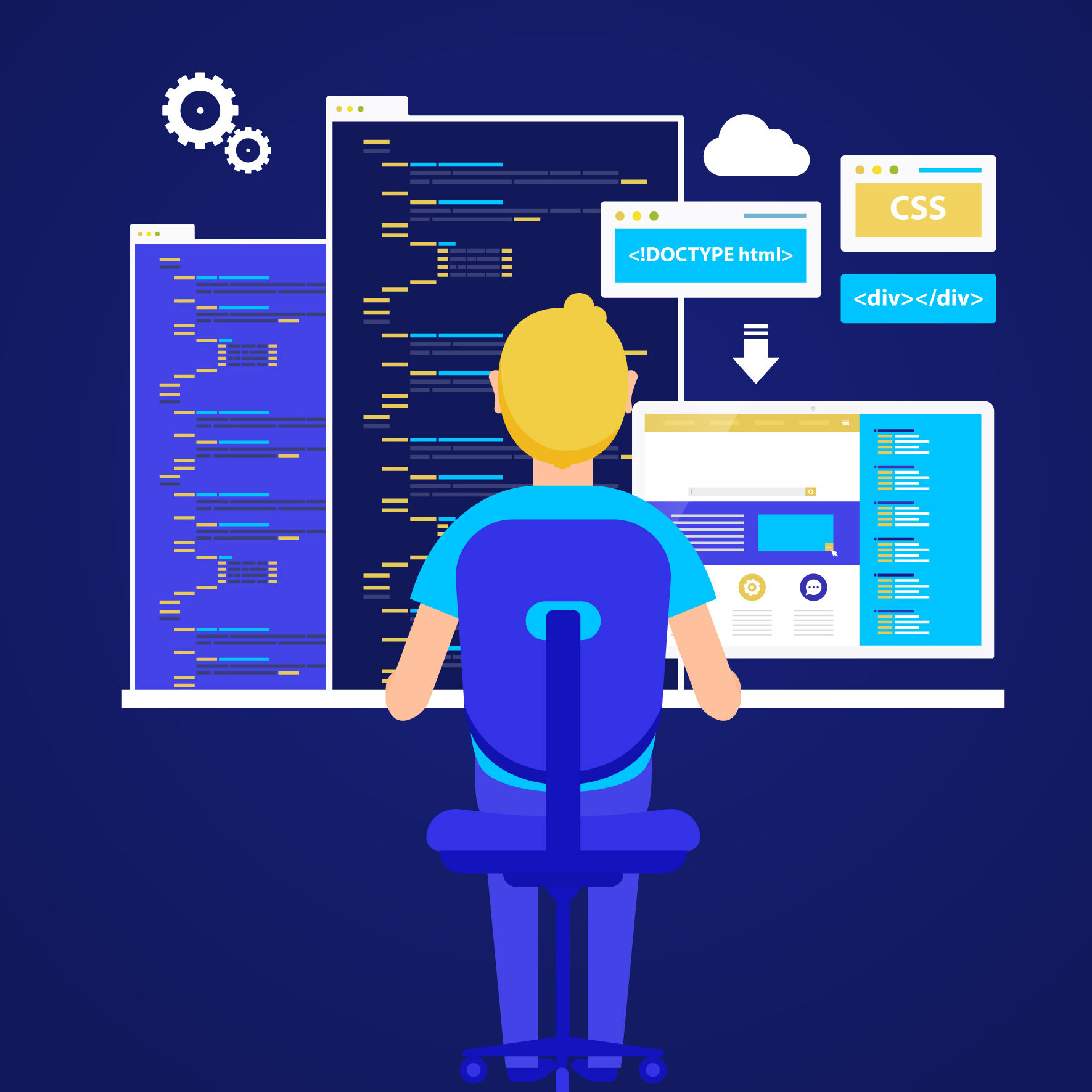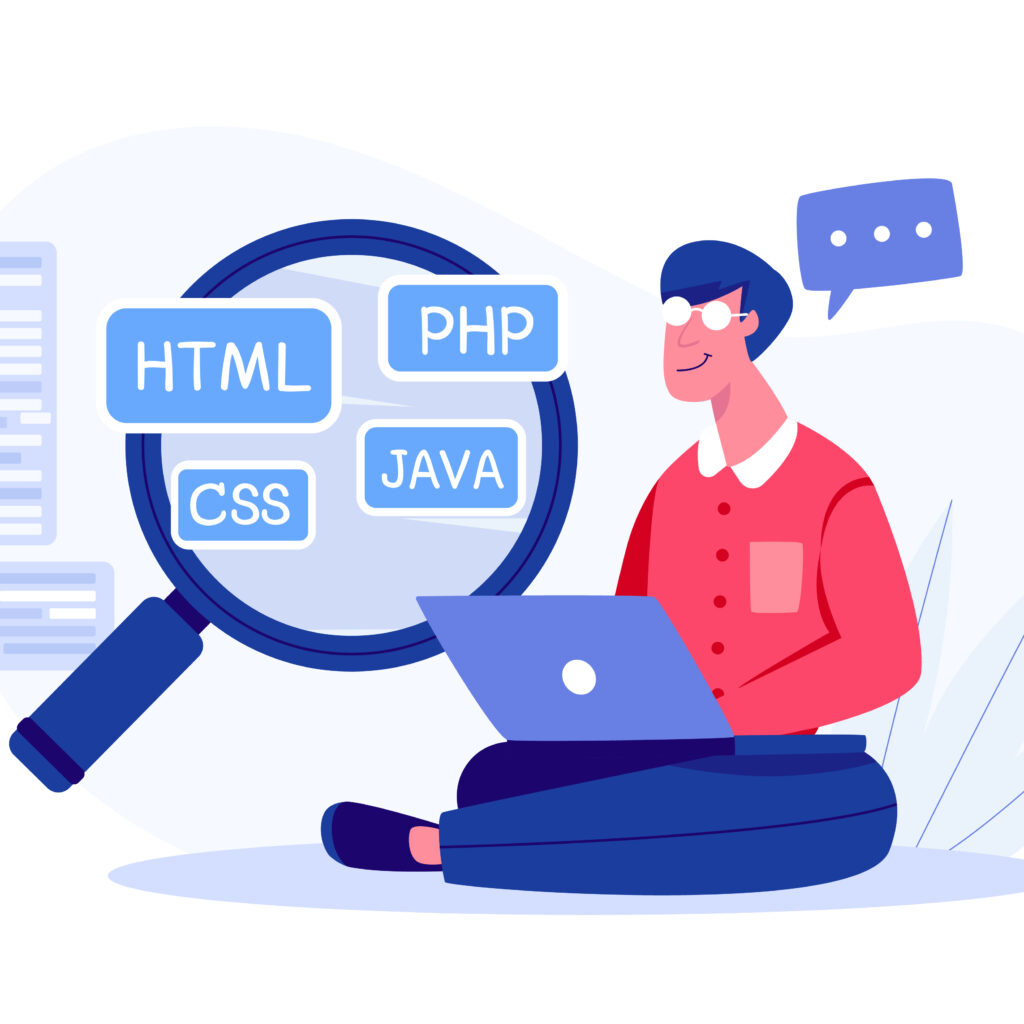Selecting the right tech stack for your applications development project is crucial for its success. With a wide range of programming languages, frameworks, and tools available, making the right choices can be overwhelming. In this blog, we will guide you through the process of choosing the perfect technology stack for your project. With concise, engaging, and informative content, we will provide actionable tips, captivating anecdotes, and punchy language to keep you hooked and deliver a memorable reading experience.

Understand Your Project Requirements – Setting the Foundation

Before diving into technology options, it’s essential to understand your project’s requirements. Consider the purpose of your application, target audience, scalability needs, and timeline. By defining clear objectives and outlining project specifications, you can narrow down your technology stack options effectively.
Evaluate Programming Languages – The Building Blocks

Programming languages are the building blocks of your application. Evaluate different languages based on factors like performance, community support, learning curve, and compatibility with your project requirements. Popular options include Python, JavaScript, Ruby, Java, and C#. Choose a language that aligns with your team’s expertise and the scalability needs of your application.
Explore Frameworks and Libraries – Enhancing Development Efficiency
Frameworks and libraries offer pre-built components and tools that streamline the development process. Research and evaluate various options based on your chosen programming language. For web development, frameworks like React, Angular, and Django are widely used. Determine the level of community support, documentation, and flexibility provided by each framework to make an informed decision.
Consider Database Systems – Structuring Data
Database systems play a crucial role in storing and organizing data for your application. Consider factors like data volume, scalability, and data integrity requirements when choosing a database. Options range from relational databases like MySQL and PostgreSQL to NoSQL databases like MongoDB and Cassandra. Evaluate each option based on your project’s specific needs and consider future scalability.
Assess Deployment Options – Cloud or On-Premises?
Deciding on the deployment option for your application is vital. Cloud platforms like AWS, Azure, and Google Cloud offer scalability, reliability, and ease of management. On-premises deployment provides greater control but requires infrastructure and maintenance. Consider factors such as budget, scalability needs, and security requirements to make an informed decision on your deployment strategy.
Prioritize Security and Scalability – Safeguarding and Growing

Security and scalability are critical considerations for any application. Ensure your chosen technology stack provides robust security features and adheres to industry best practices. Consider scalability options, such as horizontal or vertical scaling, to ensure your application can handle increased user loads. Scalability and security should be prioritized to accommodate future growth and protect user data.
Research Community Support – Collaboration and Growth
A strong and supportive community can be invaluable when facing challenges during development. Research the community support and engagement surrounding your chosen technology stack. Active communities provide access to tutorials, forums, and resources that can help you overcome hurdles and foster continuous learning.
Consider Cost and Budget – Optimize Efficiency
Budget plays a significant role in technology stack selection. Evaluate the costs associated with licenses, frameworks, hosting, and infrastructure. Open-source options can help reduce costs, but consider factors like maintenance, support, and scalability when making cost-related decisions. Striking a balance between cost and efficiency is key.
Plan for Future Maintenance – Long-Term Sustainability
Think beyond the development phase and plan for future maintenance and updates. Consider the availability of skilled developers for your chosen technology stack and assess the long-term sustainability of your application. Future-proof your technology stack by choosing widely adopted technologies and frameworks that have a strong roadmap and community backing.
Prototype and Validate – Testing the Fit
Before finalizing your tech stack, consider prototyping and validating your choices. Create a small-scale prototype to assess the compatibility of your chosen technologies with your project requirements. This step can help identify any potential issues or limitations early on and ensure the technology stack aligns with your vision.
Conclusion
Choosing the right tech stack for your applications development project is a crucial decision that can impact its success. By understanding your project requirements, evaluating programming languages and frameworks, considering databases and deployment options, prioritizing security and scalability, researching community support, and planning for future maintenance, you can make informed decisions. Follow these actionable tips, and your technology stack will serve as a strong foundation for your application, enabling its growth, efficiency, and long-term success.
If you want to read Application Development Trends in 2023, then you can read our blog:
https://writersfirm.com/2023/07/03/application-development-trends-in-2023/?preview_id=358&preview_nonce=5179e6add1&preview=true
